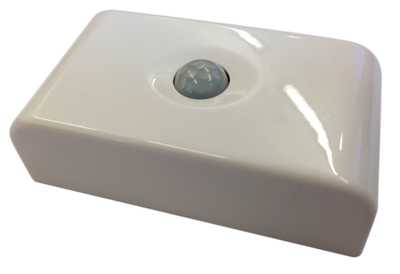BuildAX
The BuildAX system comprises of a Logger/Router/Server (LRS) station that talks to wireless environment (ENV) sensors. The LRS station has logging capabilities (to an SD card) as well as a rich set of web accessible features. Each ENV node includes a precision temperature, humidity, light and PIR sensors. Nodes communicate on a low-power 433MHz band which is designed to penetrate walls and windows much more efficiently than a WiFi based system.
The BuildAX family of sensors were developed within a joint research project undertaken by Digital Interaction Group at Newcastle University and Sir Joseph Swan Centre for Energy Research and Strathclyde University's Energy Systems Research Unit.
The devices can be rapidly deployed to enable low cost built environment monitoring, and are fully compatible with the open source EnTrak(tm) system as a means to deploy 'eServices' for systems conditions monitoring, occupant feedback, performance certification and the like.
- BuildAX Open Movement open source devices, are available from Open Movement Distributors.
- Developer Documentation (web-based)
Mitchell Finnigan, S. et al. Augmenting Audits: Exploring the Role of Sensor Toolkits in Sustainable Buildings Management. Proceedings of the ACM on Interactive, Mobile, Wearable and Ubiquitous Technologies. 1, 2, Article 10. 2017.
Clarke, J., et al. Pervasive Sensing as a Mechanism for the Effective Control of CHP Plant in Commercial Buildings. Building Simulation and Optimisation 2014, At UCL, London.
Khan, A., et al. Occupancy Monitoring using Environmental & Context Sensors and a Hierarchical Analysis Framework. ACM International Conference on Embedded Systems For Energy-Efficient Buildings, 2014, At Memphis, USA.
Kirkham, R., et al. The Break-Time Barometer -- An Exploratory System for Workplace Break-time Social Awareness. ACM International Conference on Ubiquitous Computing, 2013, At Zurich, Switzerland.
